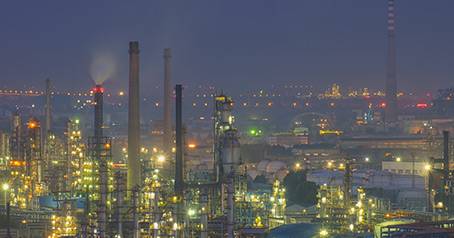Sep . 19, 2024 02:25 Back to list
hdpe natural sheet
Understanding HDPE Natural Sheets Properties and Applications
High-Density Polyethylene (HDPE) is a versatile thermoplastic made from petroleum, widely recognized for its excellent strength-to-density ratio. One of the popular forms of HDPE is the natural sheet, which is characterized by its translucent appearance and robust physical properties. This article will delve into the defining features of HDPE natural sheets, their benefits, and the various applications across multiple industries.
HDPE natural sheets possess several key properties that make them particularly advantageous for industrial and commercial use. Firstly, they are known for their outstanding durability. HDPE is resistant to impact, making it an ideal material for applications that require toughness and resilience. Additionally, HDPE natural sheets are highly resistant to chemicals, which allows them to be used in environments where exposure to corrosive substances is prevalent. This feature makes HDPE sheets particularly useful in laboratories and chemical processing plants.
Understanding HDPE Natural Sheets Properties and Applications
Environmental sustainability is also a noteworthy aspect of HDPE natural sheets. Being recyclable, HDPE helps reduce waste and promotes a more sustainable approach to manufacturing and consumption. Many industries are increasingly focusing on using materials that align with environmentally conscious practices, and HDPE natural sheets fit this criterion exceptionally well.
hdpe natural sheet

The applications of HDPE natural sheets are diverse. In the construction industry, they are commonly utilized for creating partitions, signage, and protective barriers due to their strength and weather resistance. In the food industry, these sheets are used for cutting boards and food packaging because they are non-porous and can withstand high temperatures, making them easy to clean and sanitize.
Moreover, HDPE natural sheets are prevalent in the agricultural sector for making liners, covers, and containers. Their UV resistance ensures longevity when exposed to sunlight, while their chemical resistance is beneficial in handling fertilizers and pesticides.
In addition, the use of HDPE natural sheets in the manufacturing of products like toys, laboratory equipment, and storage containers underscores their versatility across different sectors.
In conclusion, HDPE natural sheets combine durability, chemical resistance, and environmental sustainability, making them an invaluable material in numerous applications. As industries continue to look for robust and eco-friendly options, the role of HDPE natural sheets is likely to expand, reinforcing their position as a material of choice in modern manufacturing and design.
-
Premium PVC Soft Sheets: Clear, Flexible & Durable
NewsAug.12,2025
-
Premium PVC Round Rods: Durable, Chemical Resistant, Easy to Machine
NewsAug.11,2025
-
PP U-channel: Chemical-Resistant, Lightweight & Durable
NewsAug.10,2025
-
Transparent PVC Pipe: Clear Flexible Tubing for Fluids
NewsAug.09,2025
-
Durable PP Rigid Sheet: Versatile & High-Quality Plastic Panels
NewsAug.08,2025
-
Premium Glossy PP Rigid Sheet – Durable & Versatile
NewsAug.07,2025

